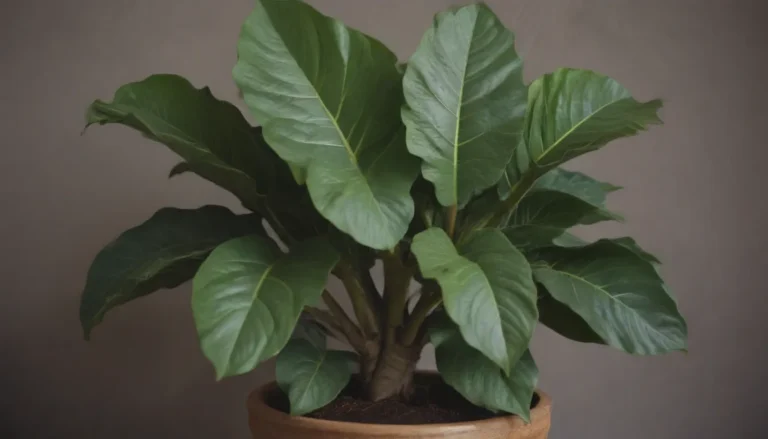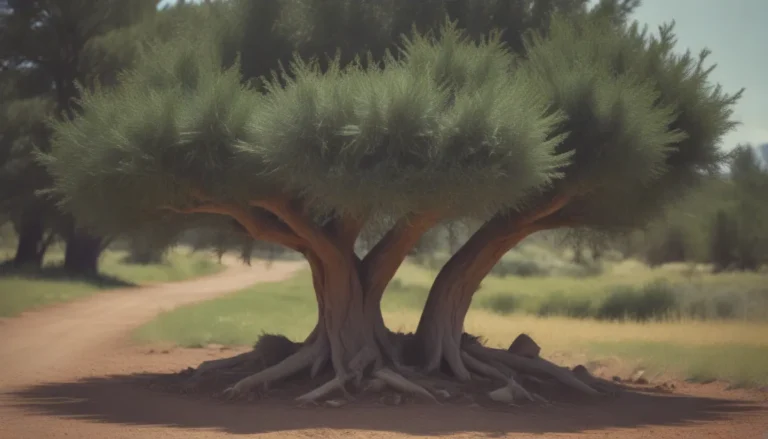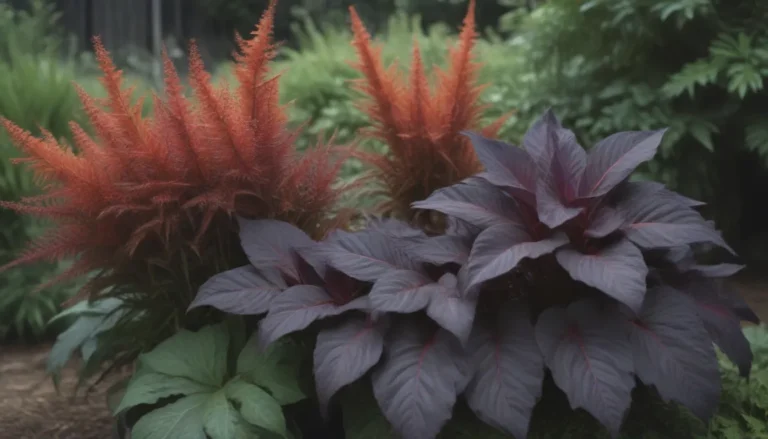Everything You Need to Know About Growing and Caring for Black Diamond Watermelons

Black diamond watermelons are a unique and delicious variety that can be a rewarding addition to your garden. If you’re looking to try your hand at growing these impressive fruits, there are a few key things you need to know about planting and caring for them. In this comprehensive guide, we’ll cover everything from when to plant black diamond watermelons to how to harvest them for peak ripeness.
The Beauty of Black Diamond Watermelons
Black diamond watermelons are renowned for their large size and sweet, juicy flesh. These late-season heirloom melons are popular for both home gardens and commercial farms due to their unique characteristics. The dark, blue-green-black exterior of the melon hides a vibrant red interior, making for a striking visual contrast. Unlike other watermelon varieties, black diamond watermelons typically lack the traditional stripes, making them stand out even more.
Planting Your Black Diamond Watermelons
When to Plant
Whether you choose to start with seedlings or sow seeds directly in your garden, black diamond watermelons should be planted in the spring after the danger of frost has passed. Make sure that temperatures remain consistently between 70 and 80 degrees Fahrenheit for optimal germination. If you’re direct seeding, wait until the soil temperature reaches at least 70 degrees to ensure successful sprouting. In regions with shorter growing seasons, consider starting seeds indoors about four weeks before the last average frost date in your area for a head start.
Selecting a Planting Site
Black diamond watermelons thrive in full sun and well-draining, nutrient-rich soil. These plants require ample space to sprawl, as their vines can extend up to 20 feet in length. Make sure to provide enough room for them to trail along the ground comfortably.
Spacing, Depth, and Support
Plant black diamond watermelon seeds about 1 inch deep and space plants at least 8 feet apart. When direct seeding, sow a few extra seeds to account for any potential losses. Once the plants reach 3 inches in height, thin them out to ensure proper spacing. Avoid trellising these melons due to the weight of the fruit.
Caring for Your Black Diamond Watermelons
These large, sweet fruits require some specific care to reach their full potential. Let’s dive into the key aspects of nurturing black diamond watermelons:
Light
Black diamond watermelons, like all melons, thrive in full sun. Aim for at least 6 to 8 hours of direct sunlight daily to promote healthy growth and fruit development.
Soil
Provide your black diamond watermelons with nutrient-rich, warm, and well-draining soil. These plants prefer neutral to slightly acidic conditions and benefit from the addition of organic matter. Mulching around the vines with straw can help retain soil moisture and discourage weed growth.
Water
Watermelons are notoriously thirsty plants, so make sure to keep the soil consistently moist. Avoid over-watering, as this can lead to root rot and other issues. Try to water the soil directly at the base of the plant to prevent wetting the leaves, which can promote fungal diseases. As the melons reach tennis ball size, reduce watering to enhance sugar content in the fruits.
Temperature and Humidity
Black diamond watermelons thrive in warm, humid conditions and struggle in cold temperatures. Ensure a moderate level of humidity to prevent fungal problems while providing ample warmth for fruit development.
Fertilizer
Prioritize rich soil by amending with compost before planting your black diamond watermelons. Consider using a nitrogen-based fertilizer early in the growing season, then switch to phosphorus and potassium-based options as the plants flower. Consult the fertilizer’s label for specific instructions on application and dosing.
Pollination
Watermelons rely on pollinators like bees to produce fruit. Ensure that you have flowering plants nearby to attract pollinators and avoid broad-spectrum insecticides that can harm beneficial insects.
Harvesting Black Diamond Watermelons
Determining when a black diamond watermelon is ripe requires more than just counting days. Keep an eye out for these signs of ripeness before harvesting your fruits:
- Check the tendrils near the melon’s stem; ripe melons will have dry, brown tendrils.
- Examine the rind for hardness and a creamy coloring on the bottom where it sat on the ground.
Be sure to harvest your black diamond watermelons at their peak of ripeness for the best flavor and texture.
Pruning Black Diamond Watermelons
Unlike watermelons grown on trellises, Black Diamond watermelons do not require pruning to control vine growth. Allow the vines to sprawl freely to support the weight of the fruit.
Growing Black Diamond Watermelons from Seed
While black diamond watermelons can be direct seeded, starting seeds indoors can provide a head start on the growing season. Use biodegradable pots to avoid disturbing the roots when transplanting. For regions with long, hot summers, seeds can be sown directly in the garden according to these steps:
- Begin with well-prepared soil and ensure a minimum temperature of 70 degrees for successful germination.
- Plant seeds at the recommended depth, water gently, and provide consistent moisture until seedlings emerge.
- Thin out weaker seedlings to maintain proper spacing as the plants grow.
Common Pests and Plant Diseases
When growing black diamond watermelons, watch out for common pests like aphids, cucumber beetles, squash bugs, and squash vine borers. These insects can damage plants and reduce fruit yields if not managed properly. Additionally, be on the lookout for fungal diseases such as powdery mildew, alternaria leaf spot, stem blight, and downy mildew, which can impact plant health.
To prevent disease and pest issues, rotate planting locations yearly and choose disease-resistant varieties when possible. Proper watering practices, good air circulation, and timely pest management can help protect your black diamond watermelons from potential threats.
The Unique Appeal of Black Diamond Watermelons
Black diamond watermelons are distinct from other varieties in their taste, size, and appearance. Their large size, often exceeding 50 pounds, makes them a standout in any garden. The sweet, juicy flesh of black diamond watermelons has a crisp texture and a hint of tanginess, setting them apart from more common watermelon types.
As heirloom watermelons, black diamonds are open-pollinated, allowing you to save seeds from your fruits for future plantings. Developed by seed expert Melville Dillon in the 1940s, the black diamond watermelon has a storied history and remains a beloved choice for growers seeking unique and flavorful fruit.
Conclusion
Growing and caring for black diamond watermelons can be a rewarding experience that yields delicious, impressive fruits for your enjoyment. By following the planting and care tips outlined in this guide, you can cultivate healthy, productive plants that produce flavorful melons throughout the growing season. Whether you’re a seasoned gardener or a novice enthusiast, black diamond watermelons offer a delightful twist on traditional watermelon varieties that are sure to impress with their size and taste.
So, why not add a touch of uniqueness to your garden with black diamond watermelons? With proper care and attention, you can enjoy a bountiful harvest of these exceptional fruits that are as visually stunning as they are delicious. Happy gardening!





